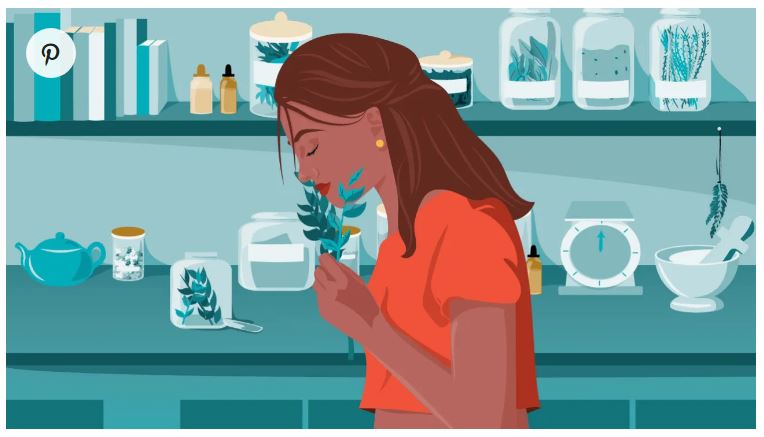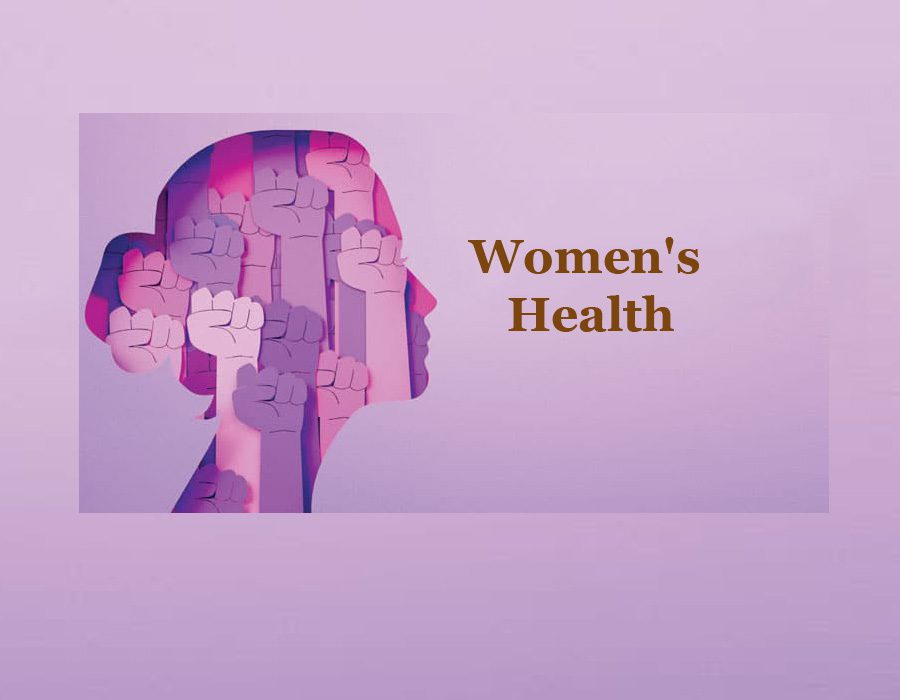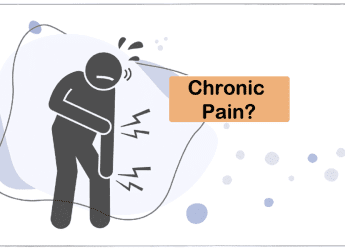Amidst the bustling cityscape, amidst the cacophony of urban life, there lies a narrative often whispered but seldom voiced—the intricate complexities of women’s health. Behind the glamour of modernity, beyond the realm of casual discussions, are stories waiting to be heard, stories that encapsulate the profound depths of women’s well-being, stories that illuminate the less-discussed facets of their health.
In the realm of women’s health, statistics stand as solemn witnesses, unveiling stark realities that defy conventional narratives. These figures paint a canvas of challenges, resilience, and the unspoken aspects that demand attention and recognition. Let us embark on this journey to uncover lesser-known truths about women’s health, where numbers interlace with narratives, and statistics meld with stories of strength.

The Unveiling of Women’s Health: Beyond the Common Discourse
- Maternal Health Disparities: While maternal mortality rates have declined globally, disparities persist. According to the World Health Organization (WHO), approximately 295,000 women died during and following pregnancy and childbirth in 2017. Shockingly, more than 94% of these deaths occurred in low and lower-middle-income countries, depicting a stark contrast in healthcare accessibility and quality.
- Chronic Conditions and Mental Health: Women are disproportionately affected by chronic conditions and mental health disorders. The Centers for Disease Control and Prevention (CDC) reports that women are more likely than men to suffer from chronic conditions such as arthritis, autoimmune diseases, and thyroid disorders. Moreover, mental health conditions like depression and anxiety affect women at higher rates, highlighting the pressing need for holistic healthcare interventions.
- Menstrual Health and Stigma: Menstruation remains a taboo topic in many cultures, leading to stigma and inadequate access to menstrual hygiene products. UNESCO estimates that 1 in 10 girls in Africa misses school during menstruation, impacting their education and potential. Lack of access to sanitary products and proper facilities hampers the overall well-being of women and girls worldwide.
- Underrepresentation in Clinical Trials: Despite being significant healthcare consumers, women are historically underrepresented in clinical trials. According to a study published in the journal Circulation: Cardiovascular Quality and Outcomes, between 2006 and 2015, women comprised only 38% of participants in cardiovascular clinical trials, potentially affecting the understanding of disease presentation and treatment efficacy in women.
Also Read: How to choose best diet for weight loss
Conclusion
 Beyond the surface-level discussions surrounding women’s health, lies a landscape rich with stories often overlooked. These statistics serve as a clarion call to delve deeper, to advocate for inclusivity, accessibility, and awareness.
Beyond the surface-level discussions surrounding women’s health, lies a landscape rich with stories often overlooked. These statistics serve as a clarion call to delve deeper, to advocate for inclusivity, accessibility, and awareness.
As we journey through the complexities of women’s health, let us amplify these voices, bridge the gaps in healthcare, and unravel the narratives that remain concealed in the shadows.
Sources:
- World Health Organization (WHO) – Maternal mortality: https://www.who.int/news-room/fact-sheets/detail/maternal-mortality
- Centers for Disease Control and Prevention (CDC) – Women’s Health: https://www.cdc.gov/women/index.htm
- UNESCO – Menstrual Health: https://en.unesco.org/news/school-periods-costly-barrier-education-girls-many-countries

























No Comments